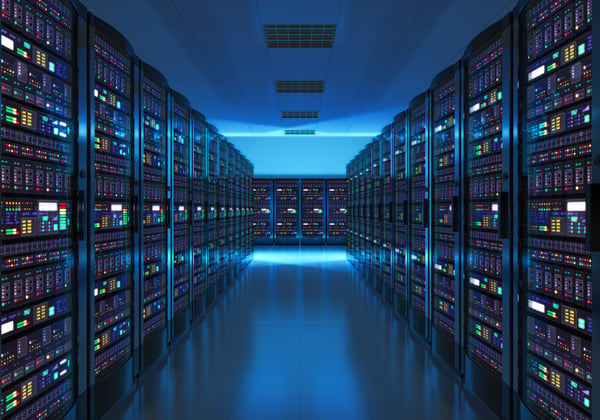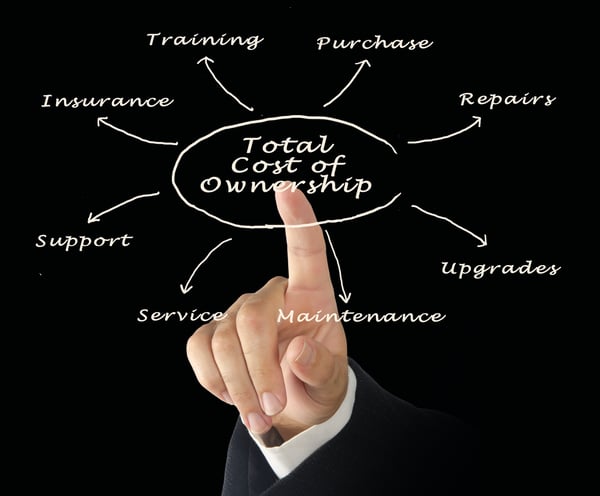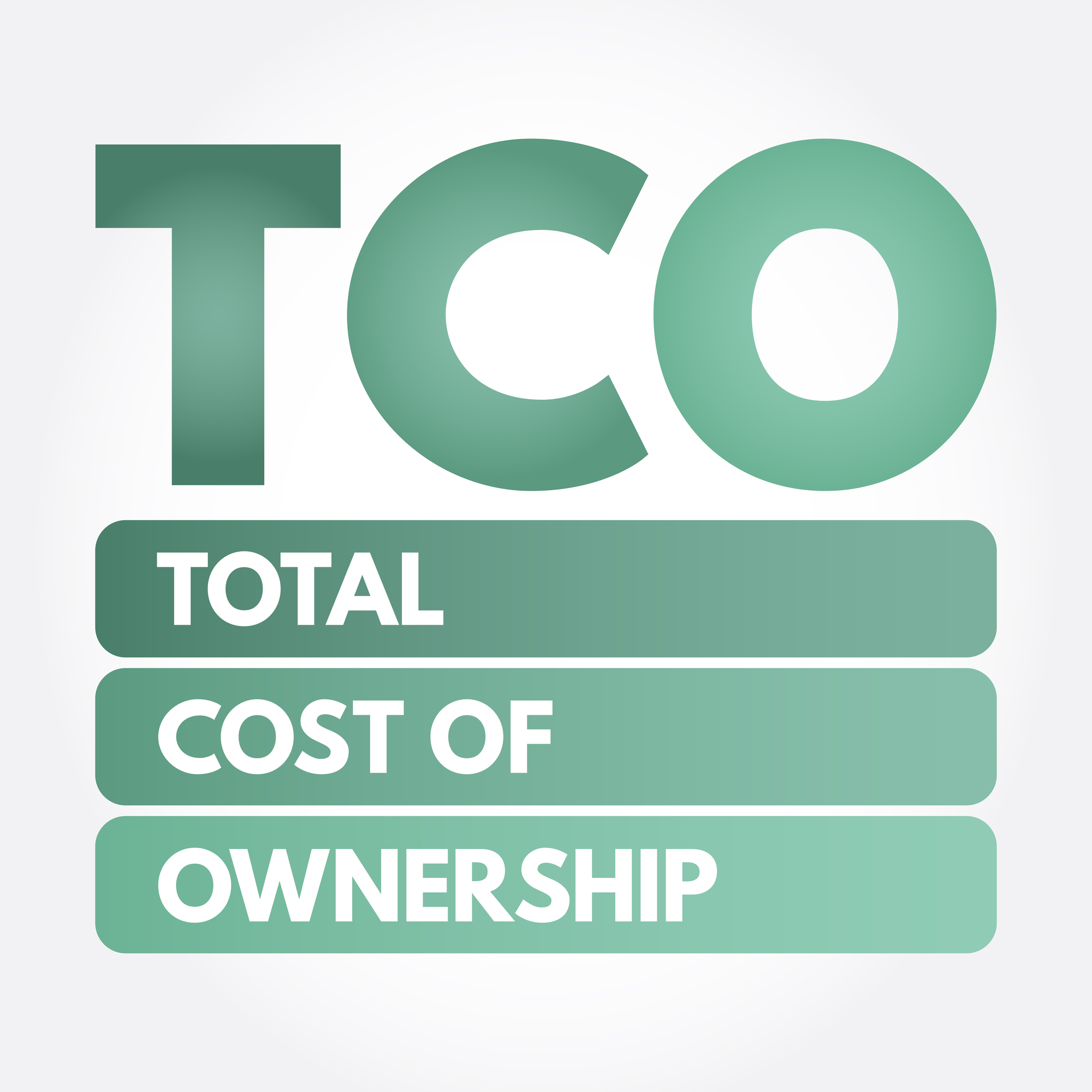Data Center sustainability has been discussed ad nauseam. Often missing in the conversations, however, is the Total Cost of Ownership (TCO).
.jpg?width=1509&name=equations-04%20(1).jpg)
If TCO stays below revenue, the business is profitable. When TCO exceeds revenue, however, the business is suffering. The trick is understanding how each of the individual metrics affects the TCO.
A data center needs the ability to cover its liabilities and expand its footprint. Without a margin of profit, efforts to become more sustainable quickly fall flat. A sustainable facility requires accurate data to be the foundation of all decisions when it comes to efficiency ratios, green initiatives, and new technology investments. Once our clients are able to have a holistic understanding of their TCO, they can make decisions with the best information available. Here are some ways we help our clients get an accurate Total Cost of Ownership.
Increased Efficiencies, Revisited

Increased efficiencies are the reigning queen of discussion in the bulk of sustainability conversations.
Knowing the efficiency metrics gives the Data Center a clearer picture of their Total Cost of Ownership. Many different metrics have sprung from this concept, usually revolving around the highest expense Data Centers need to tackle: power. PUE is a simple calculation of the total power being consumed divided by the total billable power. This provides an inverse ratio of the “usefulness” of all power being consumed.
The same elements extend to the smaller impact energy metrics such as Water Utilization Efficiency (WUE) and Carbon Utilization Efficiency (CUE), which our team discussed in a previous blog.
While comparing any of these metrics between data centers can be a helpful comparison internally, the many variables, limited standardization, and self-reporting makes it difficult to use this “score” as a ranking across the industry.
To have the most accurate TCO, your inputs to the formula need to be accurate. At Casne, our team works with our clients to install and monitor instrumentation continuously to arrive at the most accurate metrics possible to not just understand the efficiency metrics themselves, but also to apply to TCO.
Going Green, with Data

Going green is at the heart of every sustainability discussion. While implementing green initiatives increases the overall sustainability of the Datacenter, however, it can raise the total cost of ownership. This can leave sustainability projects dead on arrival if not paired with analysis for the return on the investment.
So how do you go about justifying your project?
Applicable data.
Comparing reliable data for where you are today versus where you will be after the improvement project allows you to determine when changes made to efficiencies exceed the cost to implement and maintain them.
Let’s break down “applicable” data. We understand that the data should be related to the metric we are improving: kW for power, temperature for cooling, and so on. This can be directly obtained from the device, calculated from various other points in the facility management systems, or pulled in from other external systems. For an ROI comparison, the data needs to be obtained close to the source and it needs to be time stamped.
Time-series data is a special class of data structure that leverages continuous polling of data to monitor for changes, and storing precise time/value pairs for every reading. Validating and aggregating time-series data for use in sustainability metrics can be challenging for the inexperienced because it involves the use of time-based algorithms to ensure maximum efficiency. Unfortunately, most solutions are built on relational data architectures such as SQL which are inefficient and cumbersome when dealing with streaming data. To overcome this challenge, we implement the time-series algorithms in our clients’ systems for them, and provide accurate and reliable data feeds to more traditional business intelligence applications that are more familiar to our clients. We are able to solve their unique situations by bringing in the disparate systems into a single visualization.
Innovation

Innovation in data centers is happening at the speed of light. New ideas and methods are sprouting up faster than algorithms can be written. Where does it fit in the Total Cost of Ownership?
While it is not traditionally considered in the TCO, many industry leaders are investing more time and resources into innovation. How do they justify an ROI for ideas that don't exist? While it might be hard to look past the quarterly profit cycle, investing in innovation leads to future flexibility, acting as a profitability insurance policy.
We partner with our clients to complete an assessment on which emerging technologies will be the right investments for their businesses. With thoughtful planning, we help our clients find the right innovations to keep their technology aligned with their business and sustainability goals.
Technology is changing faster than ever and Casne Engineering prides itself in applying industry experience with the latest technology innovations. Casne Engineering has 40 years of experience in professional engineering and technology integration for critical facilities. Our engineers and technologists develop and support engineered solutions using the best products and technologies available for their situation. Contact Mike Clutter to discuss your data center's technology and sustainability goals.


Comments